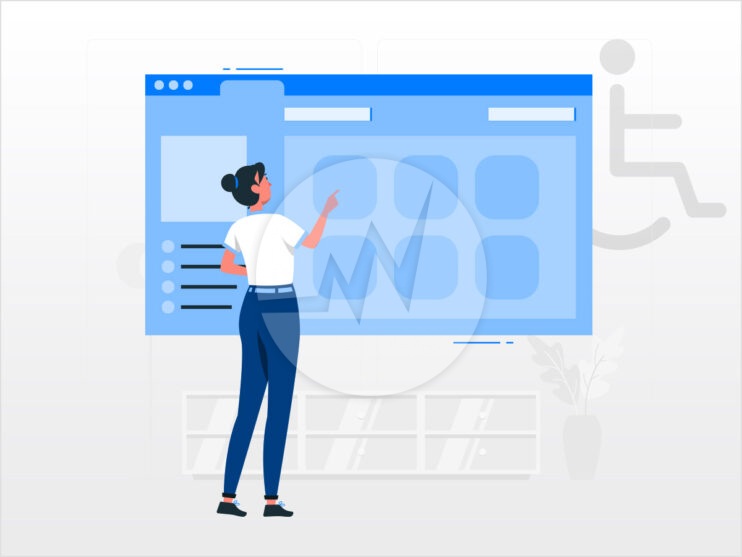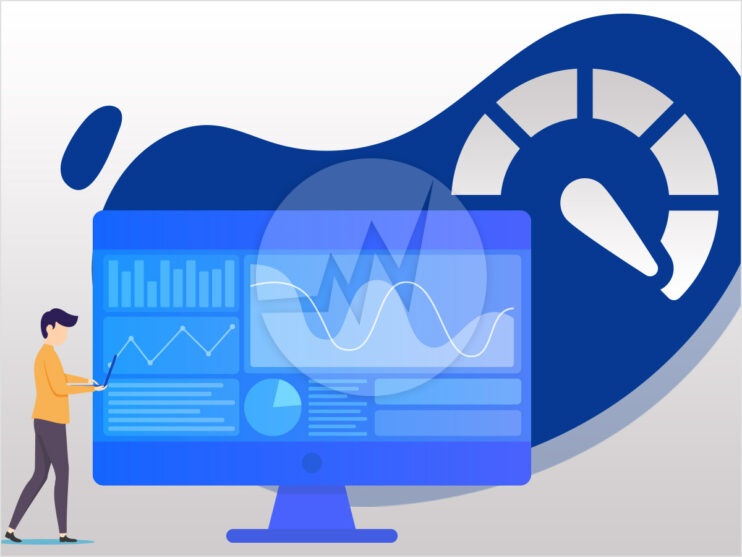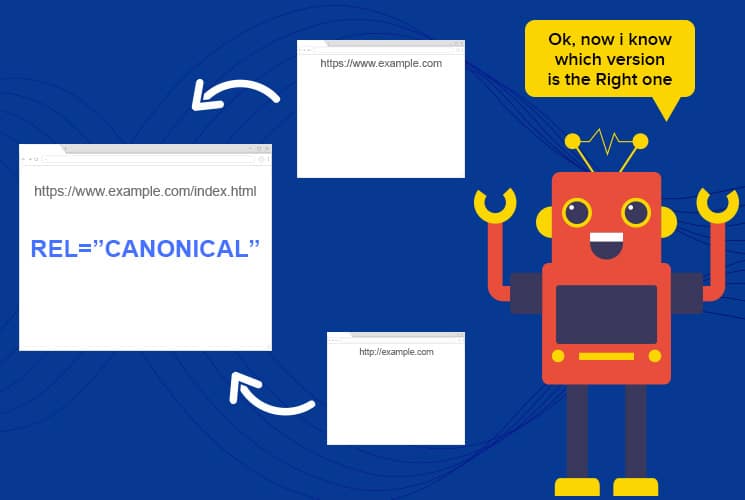Google Page Experience Update: A New SEO Opportunity!

What a coincidence: Google is planning the Page Experience Update for 2021, which will primarily focus on the user-friendliness of websites. How exactly and according to which criteria Google will proceed is not known in detail. So-called core vitals will play an important role.
Google page experience update: Even more better reasons for accessibility
The subject of accessibility has already created great synergies with UX and SEO. It is said that user experience aka UX fits into SEO, because the way user feels on your website majorly affects your site ranking. In short, it is about making a website usable for people with disabilities. In addition to a clear and simple structure, it is also about machine readability. The requirements of a screen reader used by people with visual impairments largely coincide with those of a search engine crawler, for whom machine readability and labelling are just as important. So, you not only do something good and expand your potential customer group, but also cover often neglected SEO factors at the same time.
So far it has been the case that switching to accessibility could kill two birds with one stone:
- Accessibility for people with disabilities (also as potential customers)
- Tidy interface, better user experience for everyone, clean technical awards
Those alone are good reasons to make your own website accessible. And it has a very specific effect on conversions and sales figures through the parallel optimization of clarity and navigability (user experience). Now Google is going one better – the next update called “Page Experience” will give the user interface and usability of the website an even higher priority. usability of the website an even higher priority. Check out the Top 3 Metrics to Measure Google page Experience!
Google page experience update: New SEO opportunities with sufficient response time for website operators!
The timing couldn’t be better. This is perhaps the greatest opportunity for SEOs in a long time, because: Due to the Corona crisis, Google decided to warn website operators in advance of the update so that they can prepare.
In plain language: An investment in accessibility before the update comes into force (2021) offers promising chances of a ranking boost this time. Usually, Google updates tend to have the opposite effect, namely unpredictable ranking losses.
In all honesty: If you let this chance slip, you can no longer help.
Google page experience: Big opportunities for small brands
It is well known that Google takes brand awareness into account in its rankings. However, websites that are useful and work perfectly will be given much more consideration in the future. Companies with low brand awareness can benefit massively from this in the ranking competition.
The advantage: Small and medium-sized companies usually do not have to map the gigantic product and service portfolios of major brands. According to the motto “small but nice”, a tidy, reduced, but perfectly functioning website will be much easier for the little ones to achieve than for the big players. Admittedly, that caresses our ego, because in recent years we have increasingly focused on precisely these topics and are now being confirmed.
What now? There are no standards – or do they?
Google doesn’t provide us with a list of HTML tags and best practices that need to be followed in the future – that would be a bit too easy, too. So how should we know what exactly we have to implement?
And here we come full circle: In addition to the heuristics of user experience, there are also the Web Content Accessibility Guidelines (WCAG) of the World Wide Web Consortium (W3C).
It would be short-sighted to assume that Google would not have taken this into account – the search engine operator may even have been inspired by wide accessibility offensive; We will probably never know. But we can benefit from it.
Implement it now and benefit from Page Experience in 2021 – Thank you later!
Now is the perfect time to implement it. The market is largely calmed by Covid-19, we can use this compulsory pause for optimization – and then emerge stronger from the crisis.
Depending on how useful your current website foundation is, you either upgrade or do a relaunch right away. You pay attention to the WCAG, meet the requirements and design the most user-friendly interface in the world with a professional. You’re testing your UI with real users because that’s how it is done. You use modern technical infrastructure; your developers write high-performance and contemporary clean code. You reduce your loading times to a super-fast minimum. You mark everything neatly and because that’s not so much anymore, it works quite well. Google is installing its update. You take off and conquer the market!
We provide ADA Website Accessibility solutions including ADA website audit, ADA compliant website design, accessibility web development, ADA compliant mobile app and more. Do you need any help to improve user experience of your website? Explore our website design services! If you are looking for more traffic, more sales, quality SEO Strategies, search engine optimization services, content marketing strategies, SEO content optimization, online marketing, social media marketing, digital marketing services, PPC campaign management services and more, Please Explore our SEO Packages!








